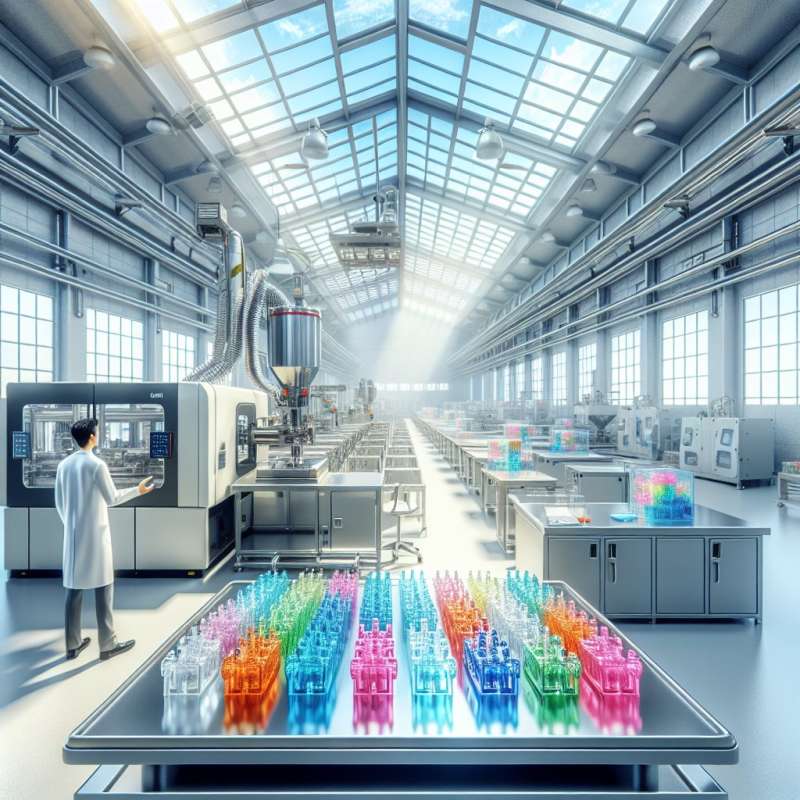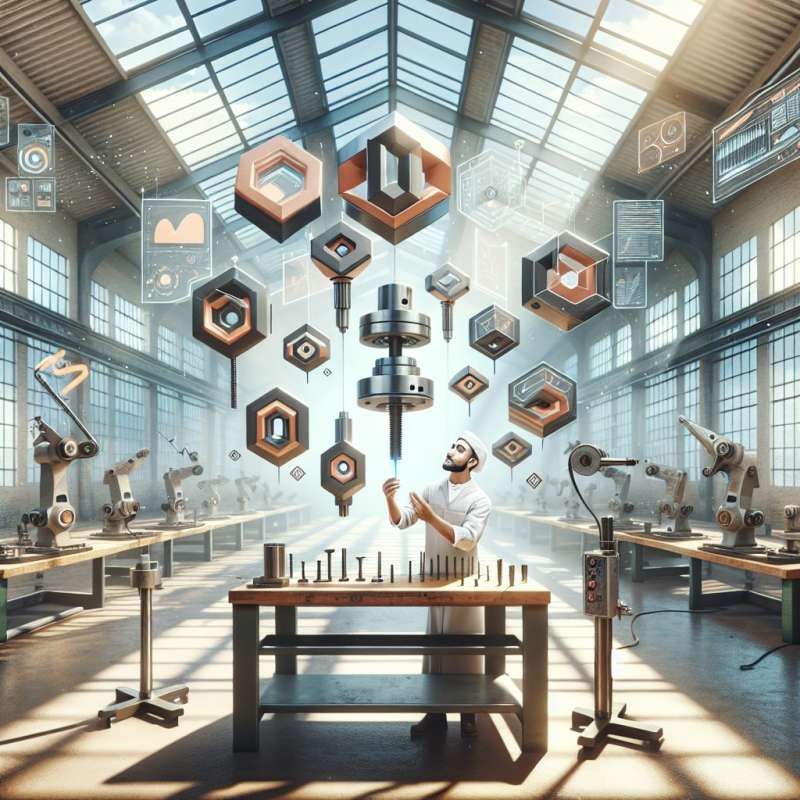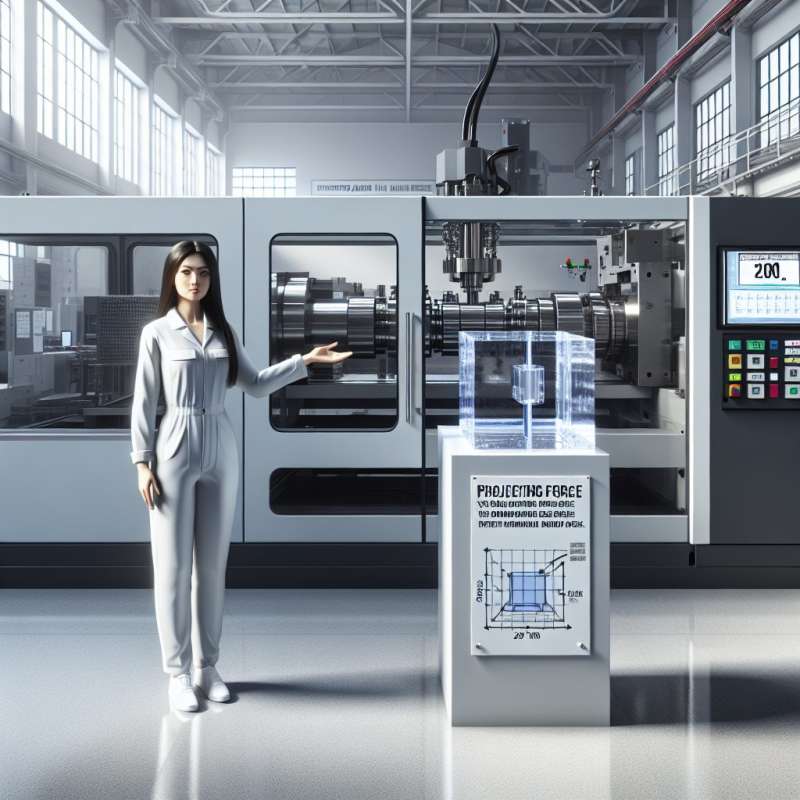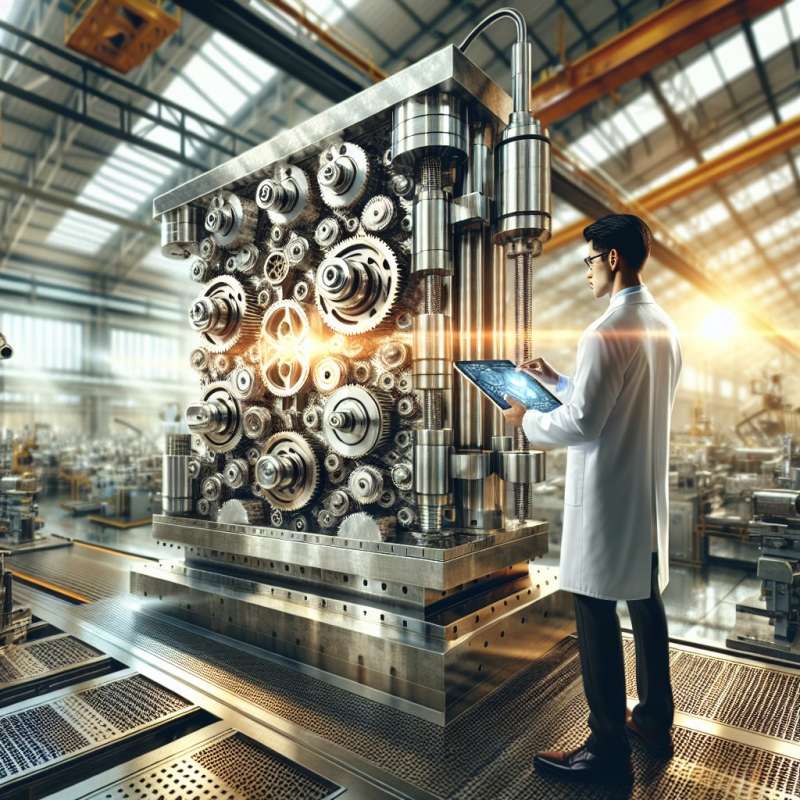
Injection Molding Overview
Injection molding transforms thermoplastic or thermosetting polymers into molded products. High precision, repeatability, and large-scale production are its notable advantages.
Clamping Unit Functionality
The clamping unit's primary role is to open and close the mold at the correct time. It ensures the mold remains shut during injection, countering the considerable injected material pressure.
Types of Clamping Systems
Clamping systems vary, with hydraulic, mechanical, electric, and hybrid as common types. Each has unique benefits, affecting operation speed, precision, energy consumption, and maintenance needs.
Tonnage Explained
Clamping force, measured in tons, is crucial for process efficiency. Insufficient force causes defects like flash. It's calculated based on projected area of the part and material's pressure.
Mold Protection Mechanism
A mold protection system prevents damage during clamping. It detects obstructions and halts the process, safeguarding the mold and maintaining product quality.
Ejector System Role
Post injection, the ejector system within the clamping unit demolds the finished parts. Precise control is vital to avoid part damage or deformation.
Clamping Precision & Control
Advancements in control systems have led to improved clamping precision. This enhances mold life, reduces wear, and ensures consistent product quality.
What does injection molding produce?
Thermoplastic shaped products
Metallic component assemblies
Wooden furniture pieces
Company